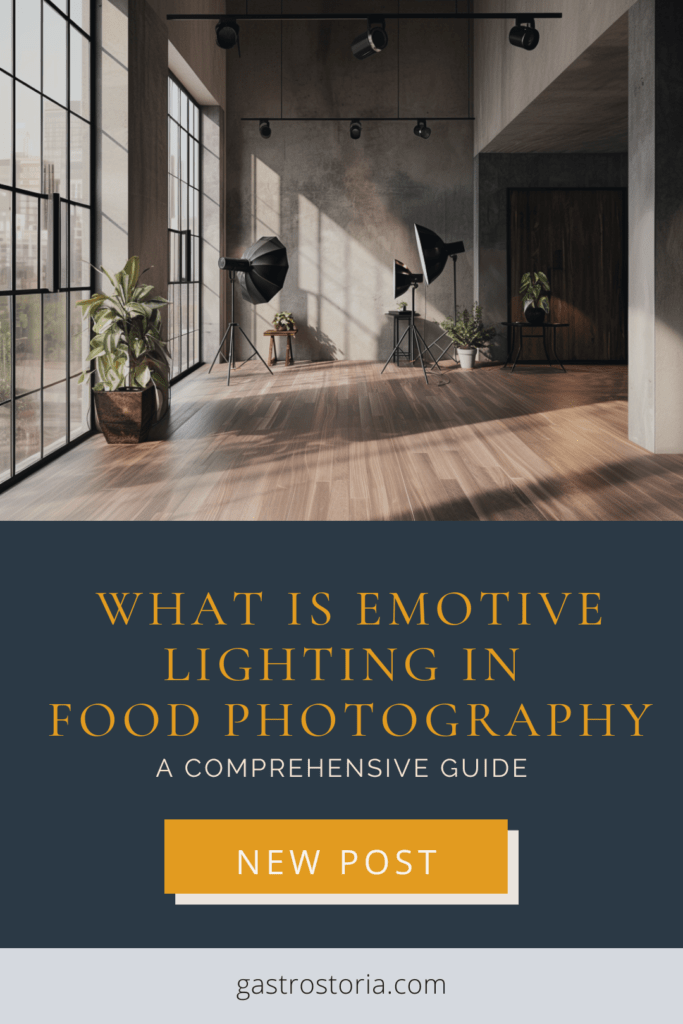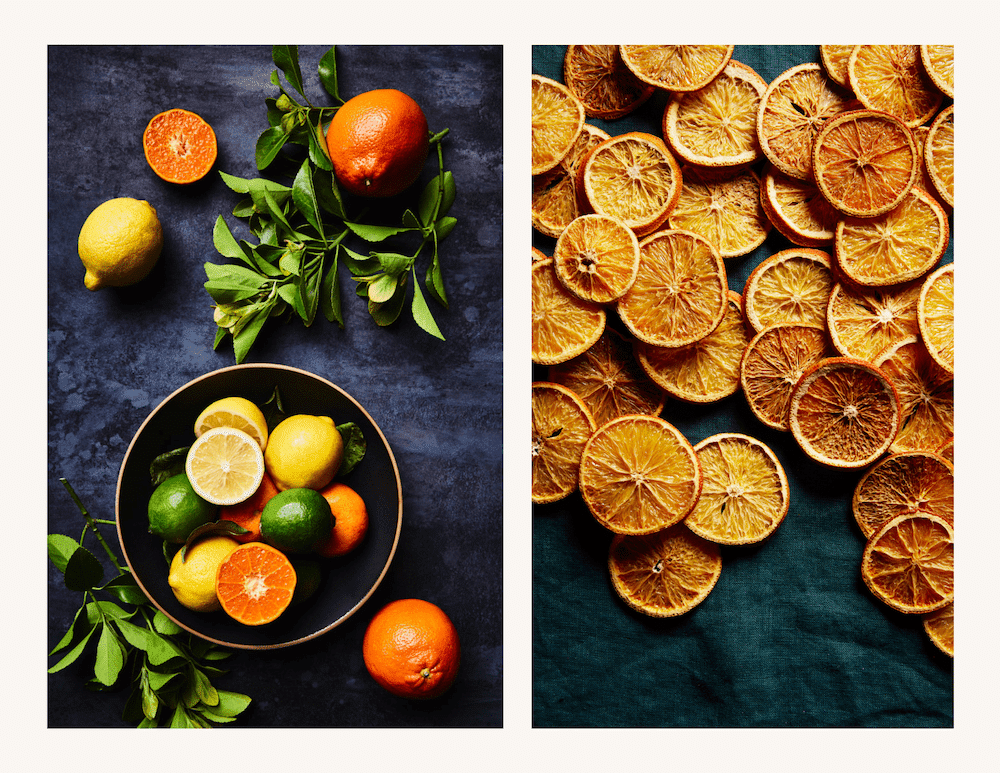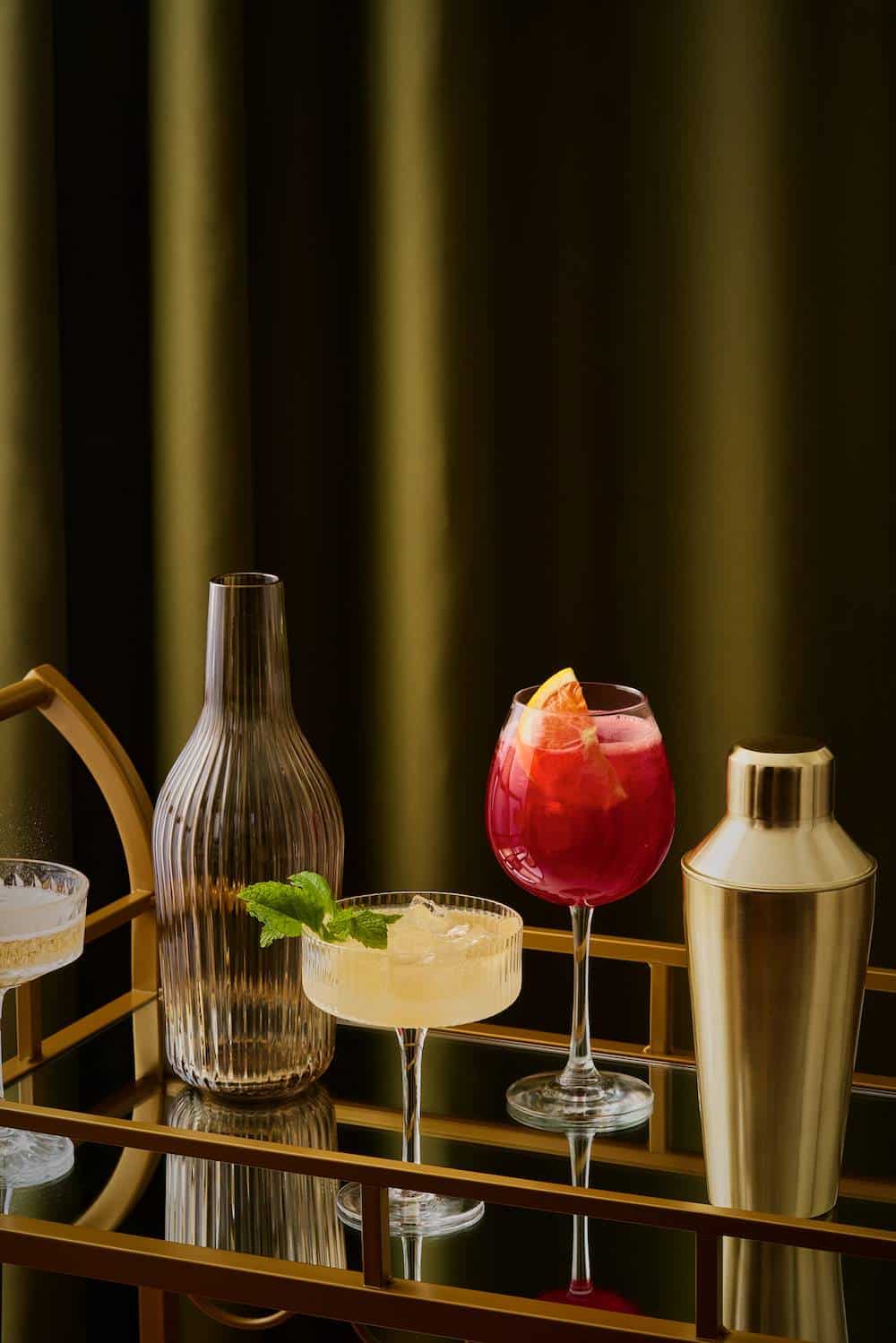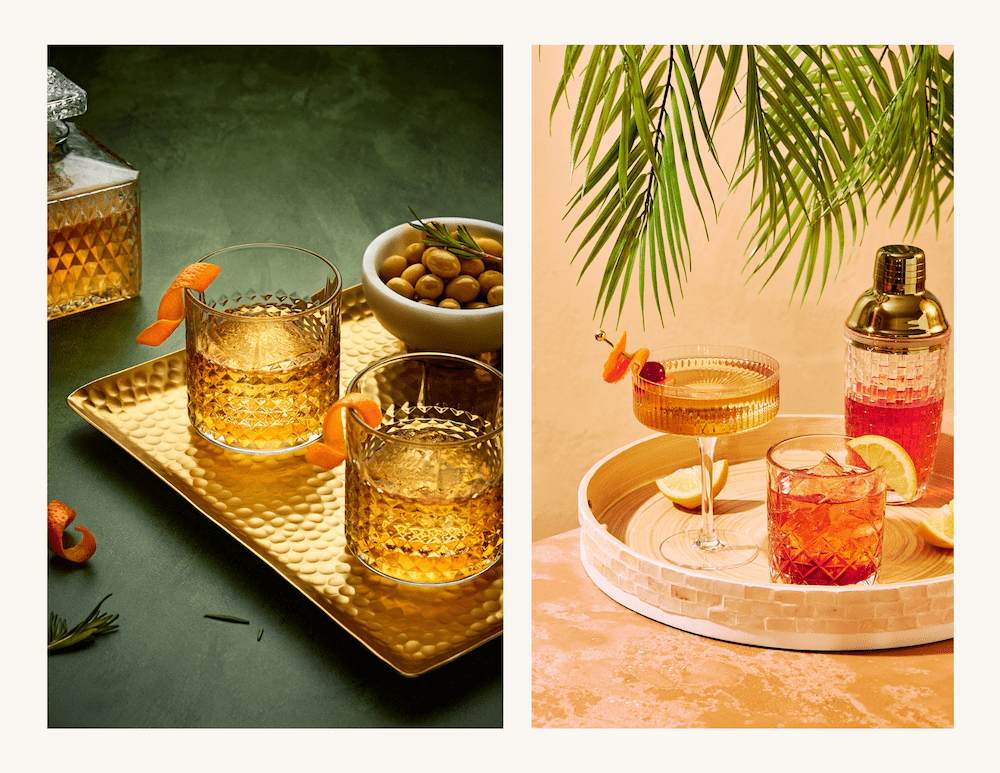Why do some food photos feel so alive, with a three-dimensional quality, while others fall flat? The answer lies in the art of emotive lighting—the thoughtful manipulation of light and shadow to evoke emotions and enhance the mood of your images.
Photographic light isn’t just about illumination; it’s a powerful storytelling tool that transforms a simple shot into a captivating narrative. Whether it’s the soft, warm glow of morning sunlight or the dramatic shadows of dusk, emotive lighting can make your food photography stand out and resonate with viewers.
But how exactly does light do this? Let’s dive into the world of emotive lighting and discover how it can elevate your food photography.

Understanding the Language of Light
The “language of light” refers to the concept that light, like spoken or written language, can convey meaning, emotion, and information. In the context of food photography, light becomes the tool for telling your visual story. It’s not just about how well-lit a dish is; it’s about what you want the light to say.
Different qualities of light—intensity, direction, color temperature, and softness—shape your food photography. Do you want to evoke warmth and comfort? Soft, warm light can envelop your subject and create a cozy, inviting feel.
On the other hand, cool, directional light adds sharpness, drama, or freshness.
Understanding and mastering this “language” means you can effectively communicate your message and evoke emotional responses from your audience through your images.

The Role of Color Temperature in Creating Mood
Color temperature plays a huge role in creating mood in food photography. The warmth or coolness of the light you use will directly impact how your viewer feels about the food. Warm tones—think golden yellows and soft oranges—create a cozy, welcoming vibe. It’s the kind of light that wraps a dish in comfort, perfect for hearty stews or comforting baked goods. Cool tones—soft blues or neutral whites—suggest freshness and vitality, making them ideal for photographing crisp salads, seafood, or beverages.
For instance, imagine a fresh salad under cool natural light—it instantly feels vibrant and refreshing, brimming with health and vitality. Contrast this with a rustic loaf of bread or a warm bowl of pasta shot under golden, natural light—suddenly the scene feels cozy, comforting, and homey. By choosing the right color temperature, you can tailor the mood of your image to complement the food you’re photographing.

The Importance of Directional Light in Highlighting Texture
Texture is what makes food in photographs feel real and tangible, and directional light is the key to making textures pop. When light comes from the side or from behind, it casts shadows and highlights that give food a three-dimensional look, making it almost leap off the screen or page.
For example, imagine a croissant. With side lighting, the flakiness of the pastry becomes prominent—the light catches the edges of each layer, while the shadows emphasize the depth of the folds. Without this directional light, the croissant would appear flat, lifeless, and far less appetizing. Similarly, using backlighting on a glass of wine can enhance its translucency, making the drink appear rich and inviting. Directional light adds realism and texture, helping your viewers almost “taste” the food with their eyes.
How Shadows Enhance Visual Depth and Drama
Shadows are the often-overlooked counterpart to light, yet they are essential in creating visual depth and drama. In food photography, shadows add a sense of dimension, making your image feel more immersive. More than that, shadows can also create mood and mystery, allowing your viewer’s imagination to fill in the gaps.
Low-key lighting, with its deep shadows and minimal highlights, can evoke a sense of intrigue and elegance. Imagine a cocktail in a dimly lit bar—just a hint of light illuminates the glass while the rest of the scene fades into the shadows. The mystery of what’s hidden enhances the allure. On the other hand, brighter images with softer shadows create a more relaxed and open feeling. Shadows, when used carefully, balance light and give your food photos a sense of drama that pulls the viewer in.

Using Lighting to Match the Story of the Dish
Every dish has a story, and the way you light it should reflect that narrative. The lighting for a rustic stew should feel warm, cozy, and inviting, while the lighting for a sophisticated dessert should feel clean and precise, showcasing its intricate details.
For example, when you want to convey the luxuriousness of a cocktail hour, moody, low-key lighting with dramatic highlights and deep shadows can add sophistication and intrigue. Use a combination of directional spotlights and diffused backlighting to create dramatic shadows and highlights. This setup adds depth and mystery to cocktail glasses, garnishes, and bar accessories, setting the scene for a luxurious and indulgent experience. Aligning your lighting with the mood of the dish allows you to create a visual narrative that resonates with your audience.

Conclusion
Light is more than just a technical element in food photography—it’s a powerful tool for storytelling. By understanding the language of light, you can craft food photos that evoke emotion, tell a story, and engage your audience on a deeper level. From manipulating color temperature to create mood, using directional light to enhance texture, and playing with shadows for depth and drama, lighting is the key to making your food photos feel alive.







